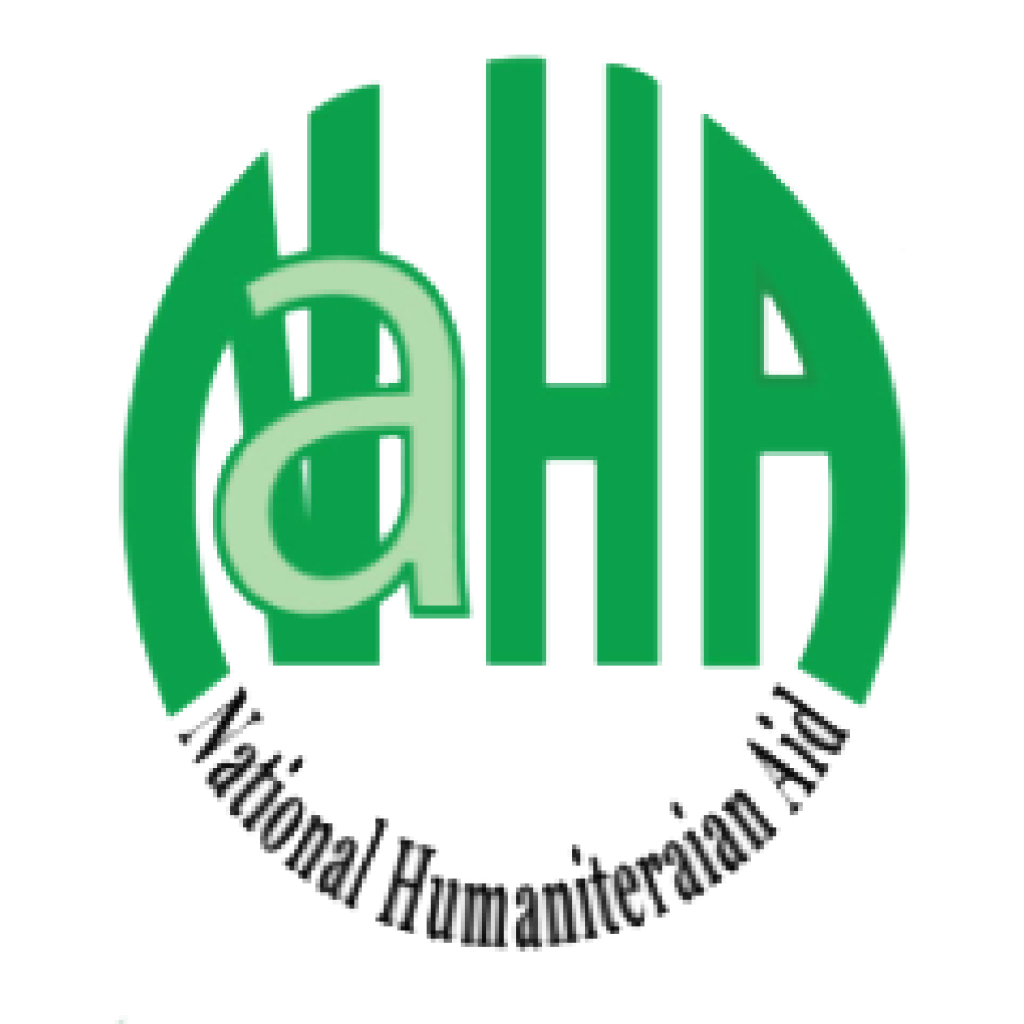
The Procurement Policy The procurement procedures are as follows: Three quotations should be obtained, then final supplier is decided upon – Check the budget & prepare Purcahse Request Form (PRF) – Authorise the (PRF) – Issue the Purchase Order (PO) by the budget holder- Purchase the goods or services required – Attach the Invoice to the (PO) – Prepare & authorise the Payment Request (PR) – Attach all supporting documents and invoices together – Bookkeep the payment in NaHA`s files manually and electronically. 1. Purpose The purchase of goods and services is necessary for the smooth operation of the organization. The aim of the internal control system for the supplying of goods and services is to ensure orders are handled by individuals having skills in evaluating what purchases are required from suppliers offering the best deals, to ensure purchases made do not exceed the budget provided and to ensure purchased goods and services conform with the quantity and price specified in the order. 2. Methodology NaHA shall follow certain methods in purchasing goods, equipment and services required for the needs of the organization or its projects. Use of competitive bidding shall be a priority practice. The first criterion in choosing a supplier shall be the lowest bid. However, if a supplier does not provide the required level of service or an adequate guarantee, then other criteria shall also be considered. NaHA shall specify in the purchase file the reasons the lowest bid was not chosen. For purchases under $________, a price survey by telephone of two suppliers will be sufficient for determining the supplier. •
For purchases above $________, a quotation/invoice shall be obtained from three local suppliers. • Purchases from a sole source shall be explained in the purchase file. The purchase file shall contain all the documents pertaining to each transaction, i.e. the purchase requisition, quotations, contact information of suppliers purchase contracts or orders, invoices, delivery slips and any other pertinent documents. Purchases Employees making purchases as part of the project activity or organizational work shall follow these mechanisms: a. Requisition form – the employee requesting a purchase fills this form, has it approved by the Executive Director and sends it to finance division. b. Order form – the finance division issues the order form, after it is signed by the Executive Director. The concerned employee or the finance division will make the purchase successful on the basis of the order form. c. Delivery slip – After the purchase has been made, a delivery slip will be issued by the finance division for the supplier, who will sign it and give it back to the finance division. However, the procurement procedures categorized into 5 (five) major sections. These polices and guidelines are consistent with minimum logistical standards provided by NaHA, and are reflected of unavoidable country – specific realities. The five major categories include: 1- Procurement 2- Warehouse 3- Asset Management 4- Vehicle Management 5- Notes on policy Revision and management This polices and guidelines will apply to all staff (local staff & expatriates) employed by National Humanitarian Aid Organization, at all field localities. They principally aim at: • Ensuring that the logistics department delivers the right supplies/works/services in good time, in the right quantities, at the right place, at the right price and in the right condition. • Providing a framework through which salient issues are clarified to all staff. • Reducing over dependence on individual judgment. • Creating consistence in operations. • Communicating management position to all the staff. • Creating clear responsibility. • Promoting transparency. This manual may be reviewed on a yearly basis to make the required change to suit revised instruction from NaHA Executive panel or changed condition in country. The Procurement Plan The Procurement Plan, including its updates, shall include: o Brief description of the activities/ projects o The selection methods to be applied o Cost estimates o Time schedule o The bank review requirement o The applicable Procurement Documents; and o Any other
Copyright © 2025 · All Rights Reserved ·
Nonprofit Website by GivingPress · RSS Feed · Log in
